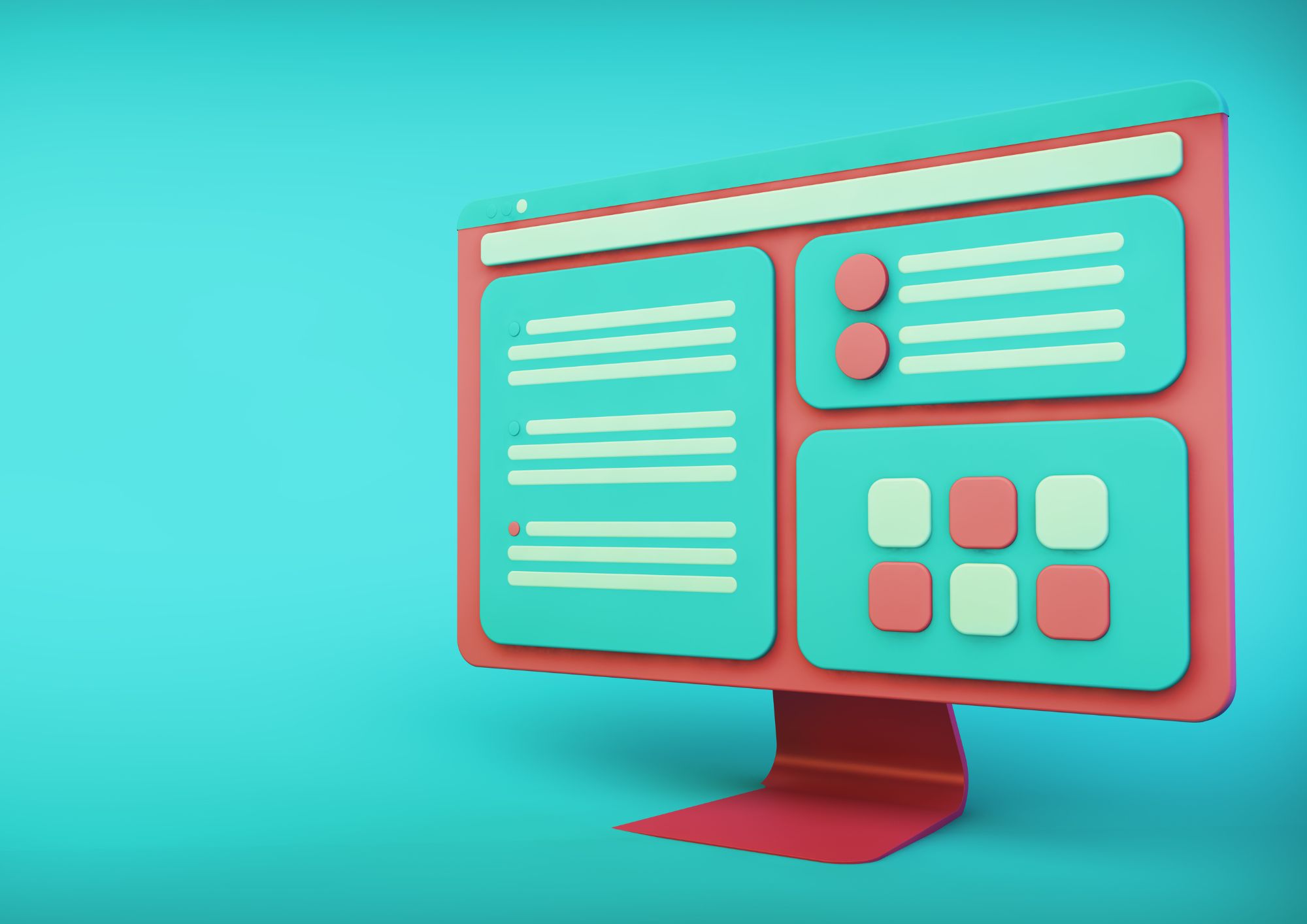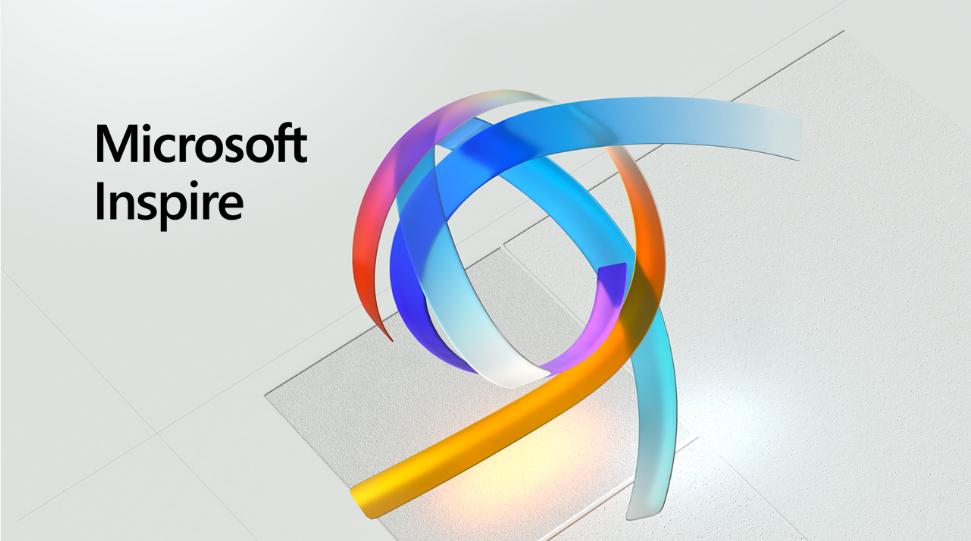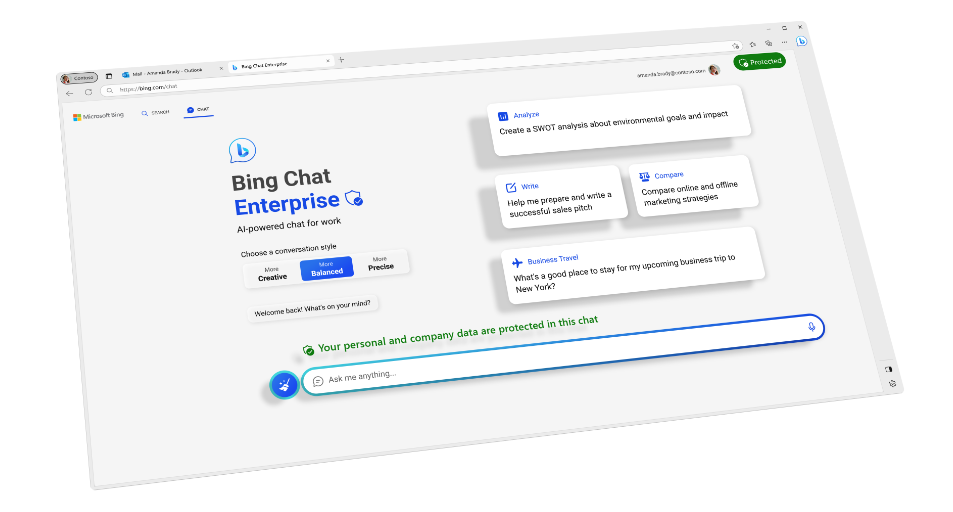Welcome to the exciting world of cognitive computing! As developers, we’re always on the lookout for the best tools and frameworks to help us create outstanding projects.
Today, we’ll dive deep into the top cognitive computing tools and frameworks that’ll give your creations that extra edge.
We’ll cover the benefits of each, provide examples, and even throw in some humor with smileys 😄.
So, let’s jump in!
TensorFlow
TensorFlow is one of the best cognitive computing tools available. Developed by Google Brain, this open-source software library is perfect for machine learning (ML) and artificial intelligence (AI) applications.
TensorFlow allows developers to create data flow graphs that help in the optimization of complex ML algorithms.
Example: Here’s a quick example of TensorFlow code for a simple linear regression model:
import tensorflow as tf
import numpy as np
# Training data
x_train = np.array([1, 2, 3, 4], dtype=np.float32)
y_train = np.array([2, 4, 6, 8], dtype=np.float32)
# Define the linear regression model
model = tf.keras.Sequential([tf.keras.layers.Dense(units=1, input_shape=[1])])
# Compile the model
model.compile(optimizer=tf.keras.optimizers.SGD(0.01), loss='mean_squared_error')
# Train the model
model.fit(x_train, y_train, epochs=100)
IBM Watson
IBM Watson is a powerful cognitive computing framework that offers a wide range of services, such as natural language processing, sentiment analysis, and image recognition.
It’s an excellent choice for developers looking to harness the power of AI and ML in their applications. Watson’s APIs can be easily integrated into your projects, making it a breeze to add cognitive capabilities.
Example: Here’s a code snippet that shows how to use Watson’s Language Translator API with Python:
import json
from ibm_watson import LanguageTranslatorV3
from ibm_cloud_sdk_core.authenticators import IAMAuthenticator
# Set up the Language Translator service
authenticator = IAMAuthenticator('your_api_key')
language_translator = LanguageTranslatorV3(version='2021-09-01', authenticator=authenticator)
language_translator.set_service_url('https://api.us-south.language-translator.watson.cloud.ibm.com')
# Translate text from English to Spanish
translation = language_translator.translate(text='Hello, world!', model_id='en-es').get_result()
print(json.dumps(translation, indent=2, ensure_ascii=False))
Apache MXNet
Apache MXNet is another popular cognitive computing framework, known for its flexibility and scalability.
It supports various programming languages, such as Python, Java, and R, and allows developers to switch between imperative and symbolic programming styles. MXNet’s Gluon interface makes it simple to build and train neural networks.
Example: Here’s a basic example of creating a neural network with MXNet’s Gluon:
from mxnet.gluon import nn
# Create a neural network with 3 layers
net = nn.Sequential()
net.add(nn.Dense(64,activation='relu'))
net.add(nn.Dense(32, activation='relu'))
net.add(nn.Dense(10))
# Print the network architecture
print(net)Microsoft Cognitive Toolkit (CNTK)
Microsoft Cognitive Toolkit (CNTK) is a robust open-source cognitive computing framework developed by Microsoft.
It’s designed for deep learning and supports both convolutional neural networks (CNNs) and recurrent neural networks (RNNs). CNTK’s efficient architecture allows developers to scale their models across multiple GPUs and servers.
Example: Here’s a simple example of creating a feed-forward neural network with CNTK:
import cntk as C
# Define input and output variables
input_var = C.input_variable(784)
label_var = C.input_variable(10)
# Create a simple feed-forward neural network
model = C.layers.Sequential([
C.layers.Dense(64, activation=C.relu),
C.layers.Dense(32, activation=C.relu),
C.layers.Dense(10)
])
# Apply the model to the input data
output = model(input_var)H2O.ai
H2O.ai is an open-source cognitive computing platform that offers various tools and libraries for ML, AI, and data analysis.
It’s known for its user-friendly interface and support for popular programming languages, including Python, R, and Java. H2O.ai also features an AutoML component that simplifies the process of training and tuning ML models.
Example: Here’s a Python example of using H2O’s AutoML to train a model on the famous Iris dataset:
import h2o
from h2o.automl import H2OAutoML
# Initialize H2O
h2o.init()
# Load Iris dataset
iris = h2o.import_file("https://h2o-public-test-data.s3.amazonaws.com/smalldata/iris/iris_wheader.csv")
# Split the dataset into train and test sets
train, test = iris.split_frame(ratios=[0.8], seed=42)
# Set up AutoML
aml = H2OAutoML(max_runtime_secs=120, seed=42)
# Train the model
aml.train(y='class', training_frame=train)
# Print the leaderboard
print(aml.leaderboard)
Conclusion
These five cognitive computing tools and frameworks are just the tip of the iceberg! By incorporating them into your projects, you’ll empower your applications with AI, ML, and other advanced capabilities.
Remember, practice makes perfect—so explore these frameworks, experiment with different solutions, and have fun! 😃
Happy coding!
Frequently Asked Questions (FAQs)
Cognitive computing tools and frameworks enable developers to create applications that can learn from data, understand patterns, and make decisions. These tools help integrate AI, machine learning, natural language processing, and other cognitive capabilities into applications, resulting in smarter, more effective solutions.
Consider factors such as your project requirements, programming language preferences, scalability needs, and the level of support and documentation available for each tool. Additionally, evaluate the tool or framework based on its performance, flexibility, and ease of use.
Many cognitive computing tools and frameworks, such as TensorFlow and Apache MXNet, are open-source and free to use. However, some platforms like IBM Watson offer paid services with additional features and support. The costs will depend on the specific tool, usage, and any associated cloud services or infrastructure.
While having a background in AI or ML can be helpful, many cognitive computing tools and frameworks are designed with user-friendly interfaces and extensive documentation. This makes it possible for developers with limited knowledge of AI or ML to learn and use these tools effectively.
Yes, you can combine different tools and frameworks based on your project requirements. For instance, you may use TensorFlow for machine learning and IBM Watson for natural language processing, allowing you to leverage the strengths of each tool in your application.
Follow blogs, newsletters, and social media accounts related to AI, machine learning, and cognitive computing. Additionally, engage in online forums and communities, attend webinars and conferences, and participate in online courses to keep your knowledge current.
Having a strong foundation in programming, data structures, algorithms, and statistics is essential for learning cognitive computing tools and frameworks. Familiarity with the specific programming languages supported by the tool (e.g., Python for TensorFlow) is also necessary.
Begin by reviewing the official documentation and tutorials provided by the tool or framework developers. Then, practice with sample projects and exercises to gain hands-on experience. Online courses, blog articles, and video tutorials can also be valuable resources for learning.
Performance can be measured using various metrics, such as accuracy, precision, recall, F1-score, or mean squared error, depending on the specific task. Additionally, consider factors like training time, inference speed, and resource utilization to evaluate the overall performance of your application.
Limitations can include the quality of available data, processing power, and the complexity of the algorithms. Some tools and frameworks may have steep learning curves or limited support for specific programming languages. Additionally, the effectiveness of a cognitive computing application depends on the quality of the underlying models and algorithms, which can be influenced by factors like data quality, algorithm selection, and tuning.
Thank you for reading our blog, we hope you found the information provided helpful and informative. We invite you to follow and share this blog with your colleagues and friends if you found it useful.
Share your thoughts and ideas in the comments below. To get in touch with us, please send an email to contactus@bindspacetech.com.
You can also visit our website – Bindspace Technologies


